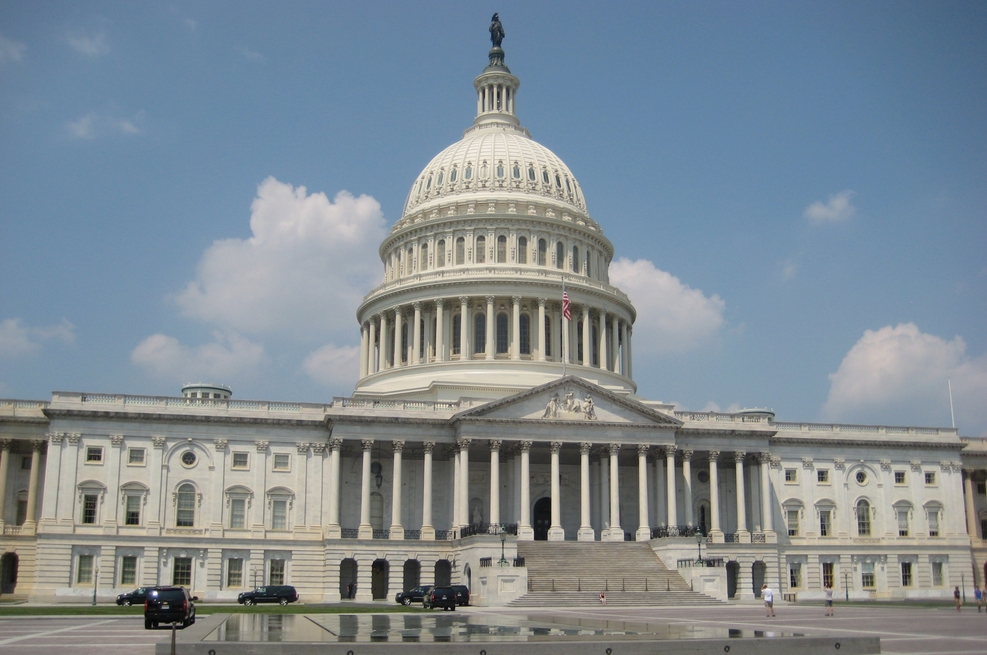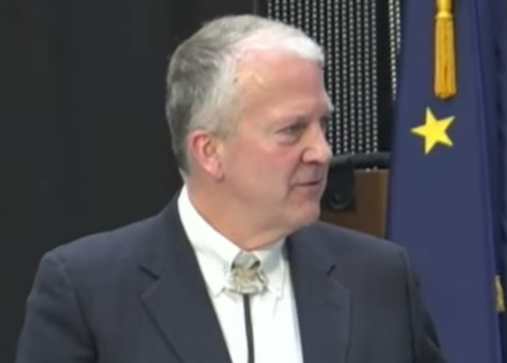
ANCHORAGE, Alaska, June 23, 2016 – U.S. Department of Agriculture-Rural Development (USDA-RD) Alaska State Director Jim Nordlund Thursday announced that nine grant applications from Alaska scored sufficiently high enough to move to the final level of review. The grant requests were to USDA’s High Energy Cost Grant (HECG) program which was designed to help families and individuals in areas with extremely high per household energy costs.
“Alaska has extrodinarily high costs for energy, especially in rural areas, and this funding will help lower these expenses,” Nordlund said. “These projects advance the Obama Administration’s ‘all-of-the-above’ energy strategy to make domestic energy use and production affordable and self-sustaining.”
USDA is awarding $16 million through the High Energy Cost Grant program. Through this program, grants are awarded to states, communities, Tribal organizations, nonprofits and other entities where per household energy costs are 275 percent of the national average or higher. The funds may be used to acquire, construct, extend, upgrade or otherwise improve energy generation, transmission or distribution facilities.[xyz-ihs snippet=”adsense-body-ad”]
Extremely high energy costs in rural and remote communities typically result from a combination of factors, including extremely high fuel prices, limited availability of energy sources, extreme climate conditions and housing that is not energy efficient.
The following are the nine Alaska projects that have scored well enough to advance as well as the value of the USDA award should the final step be completed. The funding is contingent upon the designated applicant successfully completing an environmental review and meeting the terms of a grant agreement. Projects unable to complete the final level of review will not be funded.
Alaska Power & Telephone Company
- $3 million to build a 1.8 megawatt twin-turbine wind project, and a 10-mile transmission line to connect the villages of Tok, Tetlin, Dot Lake and Tanacross. Currently, these communities are 100 percent diesel dependent.
Alaska Village Electric Co-Op
- $3 million to build a 16.1-mile, three-phase overhead power line and upgrade four miles of single-phase distribution line. The overhead power line will connect a yet-to-be-constructed wind farm at Pitka’s Point that will run from Pitka’s Point to St. Mary’s and Mountain Village.
City of Grayling
- $449,808 to build a heat recovery system that will capture waste heat from diesel power plant generators and transfer it through a glycol loop to the hydronic system in the City of Grayling’s water treatment plant. The recovery system is expected to reduce the costs ofoperating the water treatment plant.
City of Pilot Point
- $842,900 to pay for shipping, installing and integrating a 100 kilowatt (KW) wind turbine and 16 electric thermal stoves into the powersystem in the City of Pilot Point.
Alaska Native Tribal Health Consortium
- $690,388 to install solar photovoltaic arrays to reduce the operating costs of community water treatment facilities in Allakaket, Beaver, Holy Cross, New Stuyahok, Newhalen, Pitkas Point, Russian Mission and Sleetmute.
NANA Regional Corporation
- $1,601,943 to install a battery and grid-forming converter in Buckland and Deering. This project will incorporate wind and solar photovoltaics and will build capacity for future additional photovoltaics to both systems.
New Koliganek Village Council
- $2,208,903 to replace the antiquated and undersized diesel electric generation power plant in the village of Koliganek with three John Deere engines, add modest wind generation and fund heat recovery improvements to enhance heating for the community center and school.
Asa’carsarmiut Tribe
- $1,308,104 to rehabilitate and weatherize the Asa’carsarmiut Tribe’s office and connect it to a biomass fuel boiler.
Naterkaq Light Plant
- $2,937,833 to install three 95 KW wind turbines, supervisory control and data acquisition (SCADA)equipment, a 300 KW load-balancing boiler, 20 electric thermal storage devices and .75 miles of fiber optic upgrades. These systems will be installed in community buildings and residences and connected to the wind turbines via the electric distribution system.
USDA Rural Development has invested more than $2 billion in housing, community facilities, businesses, energy, water and sewer and telecommunications projects in 226 rural Alaskan communities since 2009. These investments have helped to grow rural Alaska’s economy and enhance the quality of life for its residents. [xyz-ihs snippet=”Adversal-468×60″]








